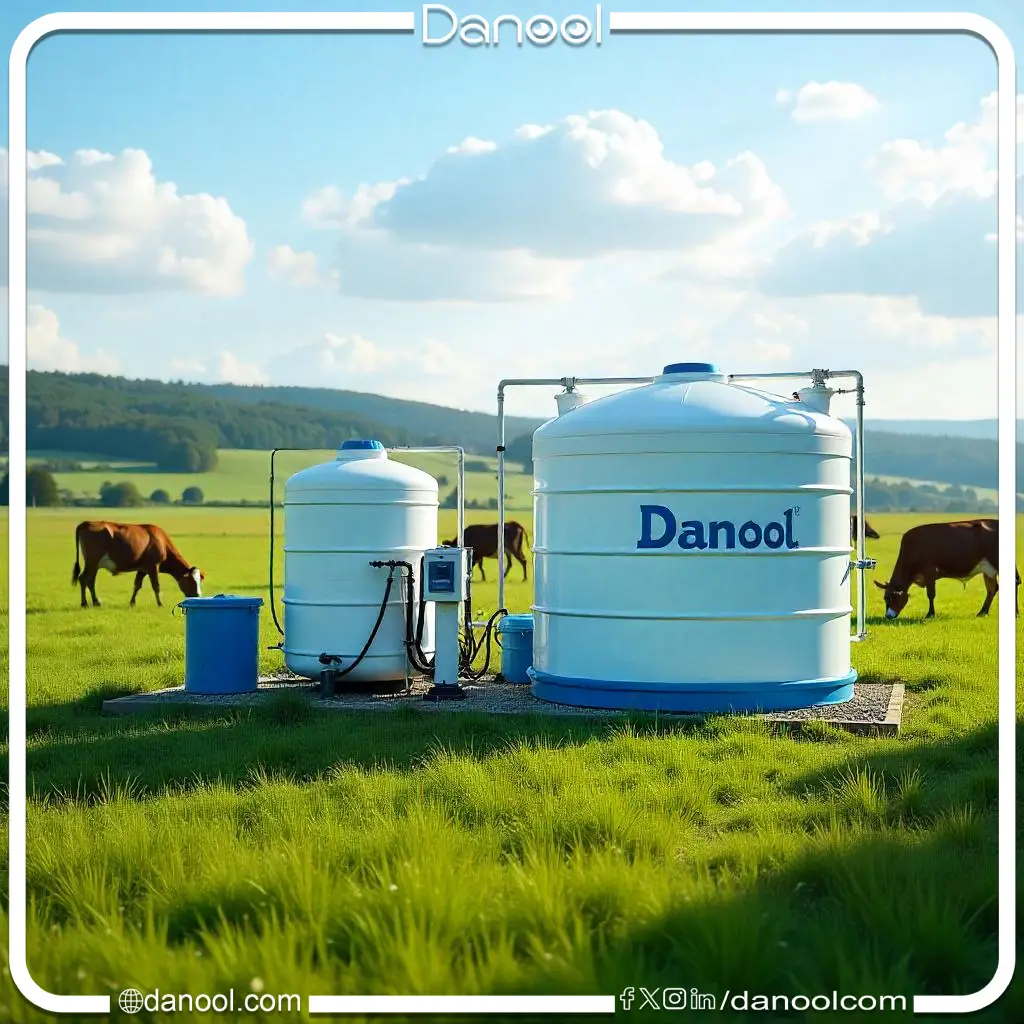Well water desalination plants are an ideal solution for obtaining clean and usable water, especially in areas that rely on groundwater as a primary source. These plants play a significant role in removing impurities, salts, and heavy metals from well water, making it suitable for drinking, agricultural, or industrial use.
The importance of well water desalination plants
- Providing a reliable source of pure water in areas lacking freshwater sources.
- Improving the quality of water used for drinking, agriculture, and industry.
- Preserving public health by removing harmful impurities.
Purifying artesian well water
What is artesian water?
Artesian water is groundwater that exists under natural pressure, causing it to flow to the surface when wells are drilled. It often contains high levels of salts and minerals.
How to purify artesian well water
- Removing salts
- Using reverse osmosis (RO) systems.
- Ion exchange techniques to reduce heavy metal concentrations.
- Removing impurities
- Using sand filters to remove solid particles.
- Activated carbon techniques to improve taste and odor.
- Disinfection
- Using ultraviolet (UV) light or chlorine.
Benefits of purifying artesian well water
- Improving water quality for drinking and cooking
- Reducing damage to agricultural and industrial equipment caused by salt buildup.
Purifying groundwater well water
What is groundwater?
It is water that accumulates in rock layers beneath the Earth's surface. It contains varying levels of salts and impurities depending on the geographical location.
Steps to purify groundwater well water
- Water analysis
- Determining the level of salts and impurities
- Primary treatment
- Using multi-stage filters to remove sediments and impurities.
- Advanced treatment
- Relying on reverse osmosis or distillation techniques for desalination.
- Final disinfection
- Using modern techniques to ensure the water is free from bacteria and parasites.
Challenges faced in purifying groundwater well water
- Challenges faced in purifying groundwater well water
- The high cost of some technologies.
Cost of well water desalination
Factors affecting the cost
- Desalination plant size
- Small plants: Their cost starts from several thousand dollars.
- Medium and large plants: Their cost ranges from tens of thousands to hundreds of thousands of dollars.
- Type of technology used
- Reverse osmosis (RO): High cost but very effective.
- Distillation: Higher cost but suitable for desalinating highly saline water.
- Raw water quality
- High salinity water requires more expensive technologies.
Operating costs
- It includes energy consumption, equipment maintenance, and filter costs.
- Costs increase with the size of the plant or the complexity of the technology used.
Economic benefits
- Reducing reliance on bottled water
- Supporting agriculture and local industries with clean water
Best technologies for well water desalination plants
Reverse osmosis (RO):
- The most common method for desalinating water.
- Effective in removing salts and heavy metals.
- Requires regular maintenance.
Distillation:
- Suitable for highly saline water.
- Requires high energy consumption.
Multi-stage filtration:
- Removes sediments and large impurities before desalination.
- Improves the efficiency of advanced desalination systems.
Ultraviolet (UV) disinfection technologies:
- Ensures the water is free from bacteria and parasites.
A comparison table of the best well water desalination technologies and their costs
| Technology | Operating mechanism | Features | Disadvantages | Estimated cost | The most suitable use |
|---|---|---|---|---|---|
| Reverse Osmosis (RO) | Using semi-permeable membranes to remove salts and heavy metals. | Effective purification, suitable for medium to high salinity water. | High energy consumption, regular maintenance required. | From 15,000 to 50,000 dollars for small plants. | Areas with saline groundwater. |
| Thermal distillation | Boiling the water and condensing the steam to separate salts and impurities. | Removes almost all salts and impurities, high-quality purification. | High energy consumption, high operating cost. | From 20,000 to 100,000 dollars depending on the size. | Water with high salinity. |
| Multi-stage filtration | Removing sediments and large impurities before advanced desalination. | Improves the efficiency of other desalination technologies, easy to maintain. | It does not remove salts or micro-pollutants on its own. | From 5,000 to 15,000 dollars. | Preparation for advanced treatment. |
| Ultraviolet (UV) | Water disinfection using UV rays to kill bacteria and parasites. | Effective against microorganisms, easy to install. | It does not remove salts or heavy metals. | From 3,000 to 10,000 dollars. | Low biological contamination water. |
| Electrodialysis | Using electric current to separate salts from water. | Energy-efficient for water with medium salinity. | Less effective with high salinity, limited in some applications. | From 10,000 to 30,000 dollars. | Industries or areas with medium salinity. |
Notes
- The cost varies depending on the size of the plant and the type of raw water.
- The choice of technology depends on the required water quality and the available budget.
- It is possible to combine multiple technologies to achieve comprehensive purification.

Conclusion
Well water desalination plants are a crucial investment for obtaining clean and healthy water in areas dependent on groundwater. Choosing the right plant depends on the raw water characteristics and usage needs. Although the costs of building and operating these plants can be high, the environmental and economic benefits make them an indispensable strategic option.

